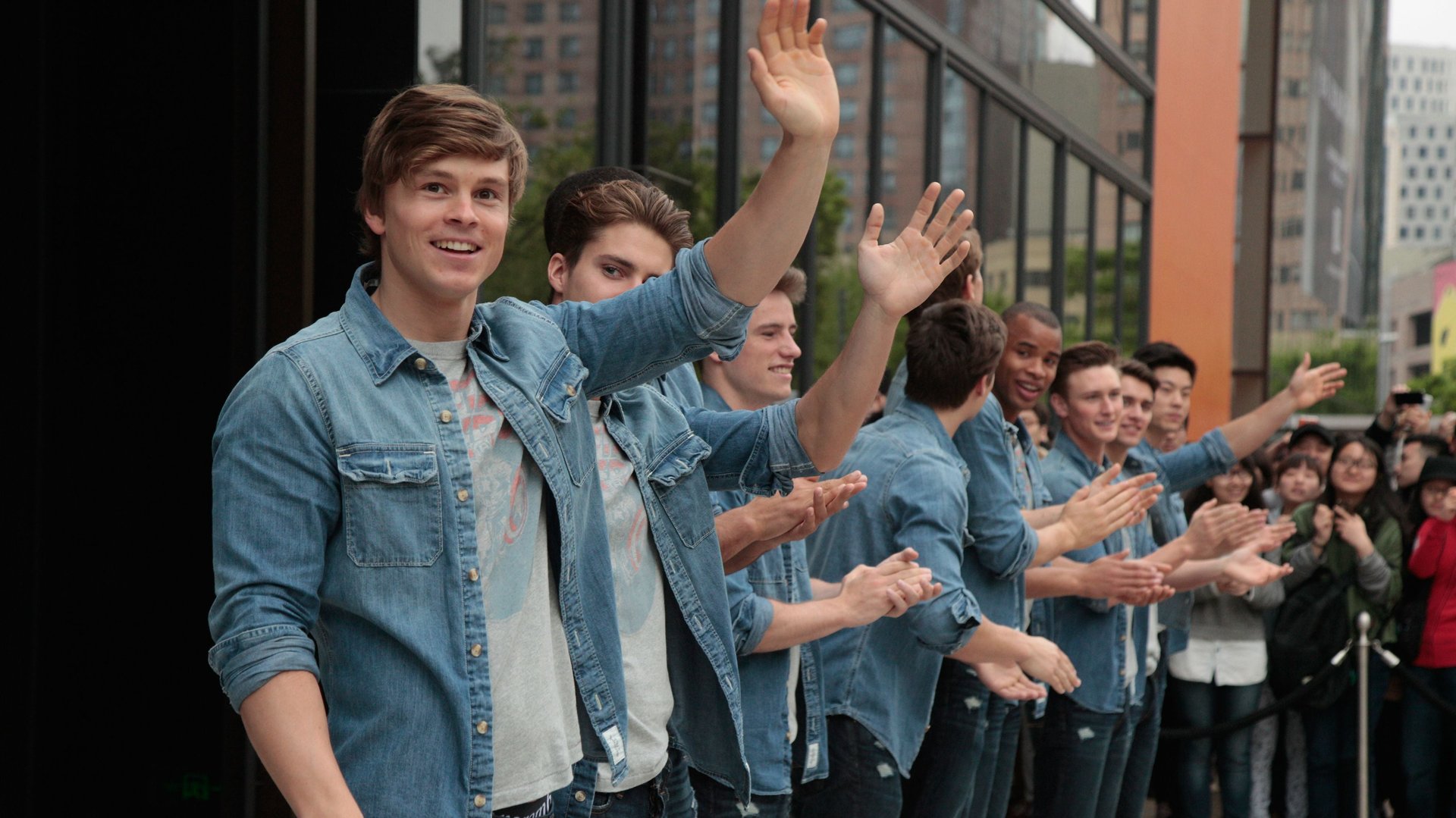Abercrombie & Fitch’s problematic dress code goes all the way to the Supreme Court today
The US Supreme Court will hear testimony today in the case that pits Abercrombie & Fitch, ailing retailer of rumpled sweatshirts and spaghetti-strapped dresses, against the US Equal Employment Opportunity Commission (EEOC) and Samantha Elauf. Elauf was rejected for a job at an Abercrombie & Fitch store after wearing��her hijab to an interview in 2008, when she was 17 years old.


The US Supreme Court will hear testimony today in the case that pits Abercrombie & Fitch, ailing retailer of rumpled sweatshirts and spaghetti-strapped dresses, against the US Equal Employment Opportunity Commission (EEOC) and Samantha Elauf. Elauf was rejected for a job at an Abercrombie & Fitch store after wearing��her hijab to an interview in 2008, when she was 17 years old.
The EEOC claims Elauf was the victim of religious discrimination. Abercrombie & Fitch says she was in violation of its ”look policy,” which—though it has since been relaxed a little—forbade caps (paywall) and at times has stipulated hair color, appropriate numbers of piercings, and nail length down to the quarter-inch. (Elauf’s case is not the first time the retailer has been accused of discrimination.)
The case turns, in essence, on the question of whose job it was to start the conversation about Elauf’s hijab. The manager who interviewed Elauf assumed she was wearing the headscarf for religious reasons, but didn’t ask. (Asking would have violated the EEOC’s guidelines on non-discrimination.) Abercrombie & Fitch is arguing that if Elauf wanted an exemption to the no-hats policy on religious grounds, she should have asked for one. The EEOC says she couldn’t have because the company didn’t make the policy clear at the outset.
Elauf has managed to make it in retail despite the setback. She is now a merchandising manager at the first Urban Outfitters in Oklahoma.